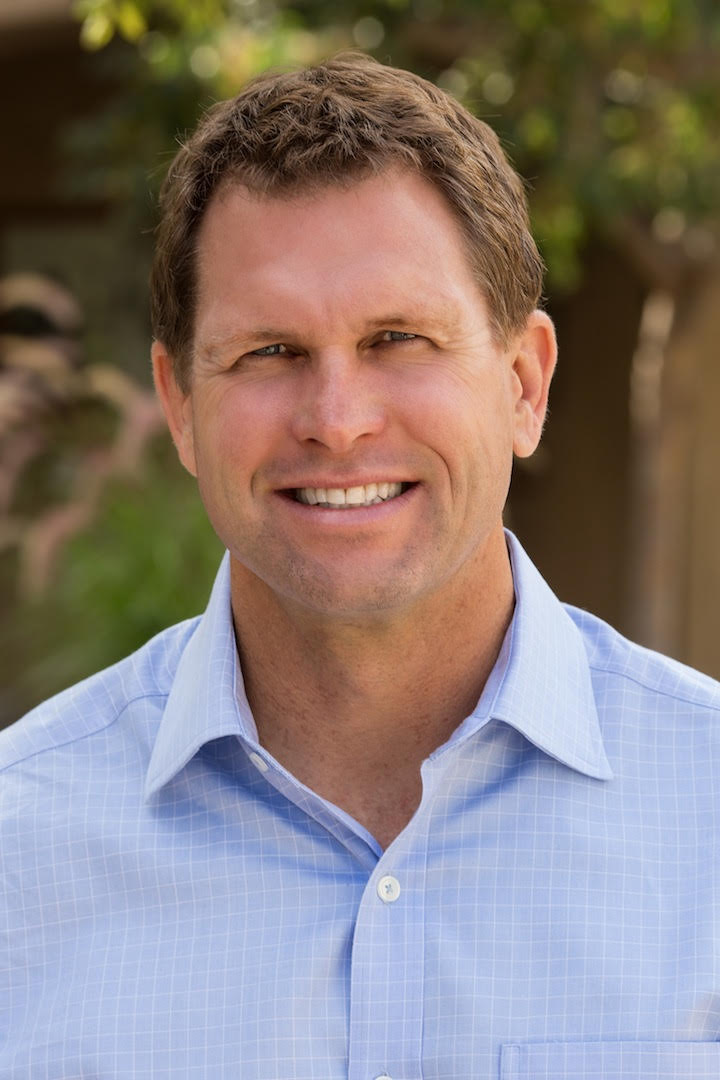Freespira is in a position akin to rarified air: an FDA-cleared digital therapeutic. In this case, the combination of an at-home device, software and tele-health coaching that helps people with panic disorder and PTSD reduce their symptoms — or even achieve full remission.
Health Evolution interviewed Sawyer about the theory and subsequent research that inspired a research subject to start the company and a veteran Kleiner Perkins venture capitalist to invest in the technology, how it helps patients with panic disorder and PTSD normalize breathing, cost-savings health plans have earned using it, and more.
What’s the origin story or the inspiration fueling Freespira?
Sawyer: The origin story is that the product is based on research at Stanford University about a theory that there is an underlying physiological cause of panic disorder (and later PTSD), which was that chronic hyperventilation and hypersensitivity to carbon dioxide (CO2) serves as a trigger for patients exposed to trauma or stress. To test that hypothesis researchers brought subjects into the lab who were having multiple panic attacks per week and gave them a single gulp of CO2 enriched air and almost all of the subjects had a panic attack on the spot. That confirmed their hypothesis and led to a clinical study to see if normalizing CO2 and respiratory rate would make a difference. The study was very successful with 68% of subjects becoming panic attack free. One of the subjects in the study, Beth Siegelman had such a life-changing benefit from the treatment, she decided to start a company with the goal to make a low cost, easy-to-use commercial product that could be used at home. Beth convinced her husband, Russell Siegelman at Kleiner Perkins to invest in the company and he continues to serve as Board Chairman to this day. Beth and Russell’s goal is to get Freespira out to as many people as possible — which is very inspirational and motivational for me.
Freespira says the digital therapeutic works in 28 days. What exactly is accomplished in that timeframe?
Sawyer: The digital therapeutic is a combination of an at-home device, which is a sensor that measures real-time CO2 and respiratory rate that patients use twice a day, connected to a tablet computer with an algorithm that they watch. Essentially, the patient is seeing an inhaling index with an audio tone and looking at graphics on the screen. It’s almost like playing a video game. So after doing this twice a day, for 28 days it becomes muscle memory in that people learn how to reach and maintain a normalized respiratory rate and CO2 level. And that really makes all the difference in the world in terms of when they start feeling anxious or start feeling a panic attack coming on or begin feeling stressed, they remember how to breath normally. In addition to the equipment at your home and the proprietary algorithms, we also use coaches who work with the patient over the 28 days to train them on how to use the equipment, what to expect, and they make sure members are getting the results that they want. We’re actually collecting records of every session so our coaches are very informed, they can see what the previous sessions CO2 levels are and what the trend is. They can see the respiratory rate and then they can of course also see whether a member has conducted their sessions each day and for how long. So they can provide personalized coaching back to members for good results.
What typically happens at the end of the 28 days, are they done using the equipment or do they continue with the sessions?
Sawyer: At the end of the treatment, 80 to 90 percent of patients have normalized CO2 and respiratory rates and have a very significant reduction in symptoms and a large percentage actually go into full remission. So they return the equipment, which is actually reused except for disposables like the nasal sampling cannula. But the sensor itself and the tablet computer is reusable so they send those back. And we’re now developing an app that a lot of folks have asked for to use if they want to practice breathing but there doesn’t seem to be a benefit for keeping the equipment longer than 28 days. If it’s going to work, it will happen within that 28 days.
What have you seen relative to increases in panic attacks, panic disorder and even PTSD as a result of the COVID-19 pandemic? And what are you anticipating the long-term impact of COVID-19 to be in terms of those areas?
Sawyer: Panic attack and PTSD have come up significantly. There’s a study that was done by the Centers for Disease Control and Prevention showing that in June of 2020 there was a 30 percent increase in Americans suffering from panic disorders compared to June 2019. I would expect that has even gone up since. There has been a significant rise in PTSD especially with front-line health care workers. A meta-analysis study completed in October showed that about 35 percent of frontline health care workers will suffer or are suffering from PTSD symptoms. I think we will see those rates increase because once someone is exposed to trauma, PTSD usually occurs six months later and so I expect the really big spike is ahead of us—and that spike will likely include people with COVID that get admitted to the hospital and especially if they are placed on a ventilator as well as their close family members who are unable to visit their infected loved ones in the hospital.











